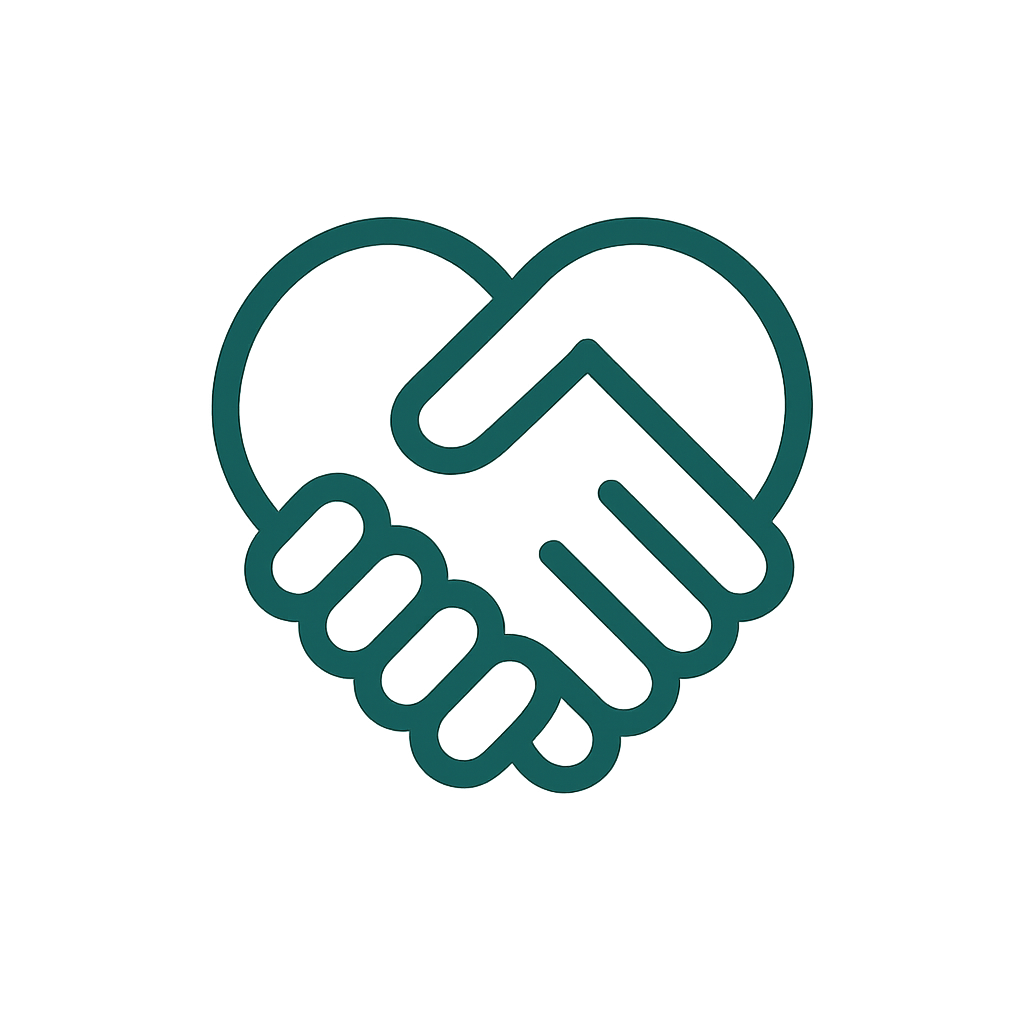Hello dads and moms,
Enjoying the "long holidays" isn't easy for many. If parents work, childcare during the school holidays has to be arranged well in advance. This can cause stress and increased anxiety for everyone, especially the children.
But don't worry, there are many simple and fun relaxation exercises that can help you and your children feel better. Today, our KAMI skincare founder, Dr. Kerstin Schallaböck, will show you how you can bring more calm into your everyday life with simple yet proven techniques.
Of course, we all know it's difficult to fit something like this into our daily vacation routine. But maybe you can do it first thing in the morning, while it's still quiet, or the kids are napping or sitting in front of the TV. It's a bit of "me time" that the whole family benefits from. Give it a try!
Why is relaxation important?
Relaxation is important not only for adults but also for children. When you relax, your body can better cope with stress. Your heart rate slows, your muscles relax, and your brain gets a break. Scientists have discovered that regular relaxation exercises can improve concentration, boost your mood, and even strengthen your immune system. Doesn't that sound great?
Breath waves:
How does it work?
Sit comfortably and place one hand on your stomach. Now imagine your breath like waves that regularly roll onto the beach. Keep this image in your mind and watch the waves come and go. Breathe deeply through your nose along with the waves and feel your belly rise. Then exhale slowly through your mouth and feel your belly fall. Try to use your full lung capacity. Repeat this a few times.
Why does this work?
Deep breathing helps your body calm down. When you breathe in and out deeply, you send a signal to your brain that everything is okay. This can slow your heart rate and lower your blood pressure, making you feel more relaxed.
Turning on and off:
How does it work?
Lie down comfortably and close your eyes. As you inhale, tense the muscles throughout your body. To do this, squeeze your face tightly, frown, and raise your shoulders. At the same time, clench your hands tightly into fists and pull your legs up. As you exhale, release all your energy and relax your face, fists, and arms. Do this a few times, then rest, breathing calmly and evenly.
Why does this work?
This exercise will help you develop a better sense of your body and recognize when you're tense. By consciously tensing and relaxing your muscles, you'll learn what relaxation feels like. Scientific studies have shown that this technique can help reduce stress and improve sleep quality.
Fantasy journeys
How does it work?
Sit or lie down comfortably, close your eyes, and imagine a quiet, beautiful place. This could be a beach, a forest, or a cozy room. Try to picture this place as vividly as possible: What do you see, hear, and smell?
Why does this work?
Guided imagery can calm your brain and help you distract yourself from stressful thoughts. Research shows that imagining positive images can have the same calming effect on the brain as real-life experiences. This technique can be especially helpful before bedtime.
Pushing away anger
How does it work?
To do this, stand comfortably with your arms and hands in front of your chest and your legs not fully stretched. As you inhale, push your hands flat forward as if you were pushing someone away. As you exhale, let your hands fall to your sides. As you inhale again, push your hands to your sides as if you were pushing two walls apart. The hands fall to the side again. On your third inhale, push your hands up as if you were lifting the ceiling. On your fourth inhale, press your hands down firmly, with your fingers pointing forward or to the side. You can also make sounds as you exhale; a loud “OHHHHH” or “AHHH” helps to blow away the anger.
Why does this work?
Sometimes it's hard to shake off unpleasant feelings like arguments with siblings or anger about an unloved task. But our body can help us if we combine breathing and movement.
Yoga for children
How does it work?
There are many simple yoga exercises designed specifically for children. Try the "tree pose" with your little one, for example: Stand on one leg, place the foot of the other leg against your knee, and place your hands together above your head. Hold the position for a few seconds and then switch legs. Who can do this better—parents or children?
Why does this work?
Yoga combines movement with breathing exercises and mindfulness. Studies have shown that yoga can improve children's physical and mental health. It can help reduce stress, increase concentration, and promote body awareness.
Mindfulness training
How does it work?
Sit comfortably and focus solely on your breathing for a few minutes. Try to consciously notice each breath without altering it. If your thoughts wander, gently bring them back to your breath.
Why does this work?
Mindfulness means being in the here and now. It helps you observe your thoughts and feelings without judging them. Scientific studies have shown that mindfulness training can reduce stress, improve concentration, and increase emotional well-being.
Conclusion
Now you know some great relaxation exercises that can help you and your family relax and better cope with stress. Try them out and find out which one you like best. Remember: relaxation is not a competition. It's about feeling good and being kind to yourself. Have fun trying them out!
Stay healthy and namaste!
Yours, Kerstin Schallaböck








